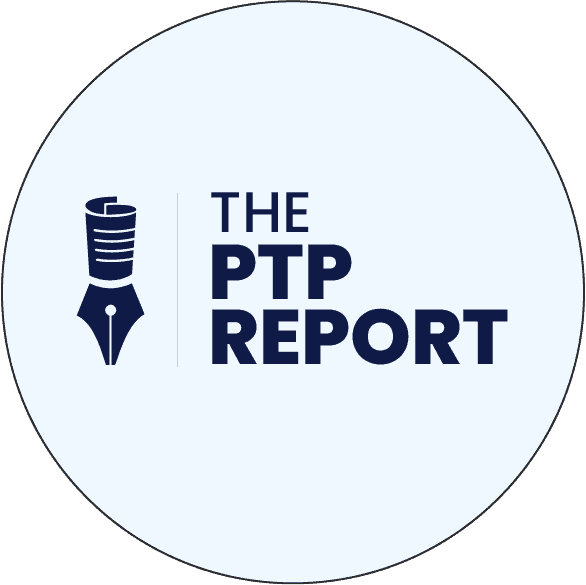Each day, the dread in the pit of Angela’s stomach started to get a little worse as she prepared to go to work. As a recent graduate, Angela, a user experience designer, was the newest hire at a medical software company. She was also one of the few female employees at the company, and as a Japanese American, she was the only employee of Asian descent. The dread she was experiencing wasn’t because of her co-workers’ overt racism or sexism. It was more a problem of not seeing herself represented at work. Angela also regularly overheard microaggressions, and while not directed at her, those comments and gestures propagated long-held racial and gender stereotypes and reinforced the “otherness” that she felt at work.
Most of us would agree, it’s time for the era of culturally insensitive jokes and microaggressions in the workplace to be over. It’s time to put actions behind our words that indicate we’re serious about making sure every member of our team feels welcomed and included.
When microaggressions and other forms of oppression are reduced or eliminated, all employees will feel included and valued. As teams become more trusting of each other, they become more productive and better able to complete their work. It’s a win-win for everyone.
Why is inclusivity important for all of us?
A large part of Angela’s role involved developing and communicating guidelines and standards for software design. She knew her role required her to be an advocate for user-centered design approaches and to consult regularly with the UX team. While Angela had a great technical skillset, she slowly began to lost confidence at work because of microaggressions and a lack of representation. This loss of confidence affected her work negatively and before long she was considering a job change.
When employees feel forced to hide their true identity, their comfort and job satisfaction are impacted negatively. When employees have to try to “fit in” over and over, their personal and professional identities are diminished. Therein lies the insidious nature of “othering,” such as racism, sexism, ageism, and gender bias. Because everybody is vulnerable to othering in some capacity, it takes a concerted effort and organizational backing to combat it at all points.
Resentment can build up, and employees like Angela may feel like they will never fit into a company’s culture. That means the talent a company searched for, hired, and invested in, is considering employment elsewhere. This is not the desired outcome when companies are doing their best to retain talent.
REPLATED: Unconscious Bias: How It’s Affecting Your Workplace
How can you build inclusivity at work?
There are many virtual and in-person workshops, book clubs, and seminars to help address otherness and improve inclusivity at work. Keep in mind, many of these discussions require authentic and effective implementation. Oftentimes, a team isn’t quite ready to have such intimate personal discussions. Some additional prep work may be needed to engage in inclusivity conversations. At this point, working with a DEI consultant could prove the most beneficial to get team members in a space everyone is comfortable sharing experiences and opinions.
As the team leader, if you’re comfortable determining that your team is ready to proceed, there are a few ways you can start discussions with some non-work activities:
- Explore the many identities that make up your team: Letting employees speak up about what makes them unique allows employees to bond with each other in new ways
- Consider using storytelling: Sharing stories in a safe space helps to encourage empathy and open-mindedness. Ask your employees about their greatest achievements outside of work and incidents, good and bad, that have shaped their lives.
- Ask employees to come together and create something representative of their team: Have your team create a “mini-mission statement” that describes their objectives and overall role within the company. Ask the team to create a symbol or mascot that reflects their identity and team vision and discuss what was created and the symbolism behind it.
Consider enlisting outside help with your DEI goals
Companies and professional organizations are obligated to acknowledge and stop any form of discrimination, including microaggressions. But this type of work isn’t easy and can require someone trained with a particular skill set to help facilitate these conversations.
Here are some resources team leaders can further explore to help everyone feel as though they are an integral part of the team:
- Forging team inclusiveness loop (FTIL): Developed by Sabah Alam Hydari, this process involves improving team integration through the acknowledgment of “otherness”
- Diversity and Inclusion in the Workplace Workbook: Explore the impact of diversity in the workplace and assess DEI within your company from Babbel for Business
- How to get serious about diversity and inclusion in the workplace: In this video, Janet Stovall lays out a three-part plan for creating inclusive workplaces
The good news is, business leaders can learn to help their team members understand each other better and improve inclusivity, all at the benefit of productivity. It’s possible to foster a sense of belonging and teamwork in any work environment and take advantage of all of the potential that a multiracial, gender-balanced, and connected team can offer.
Thankfully, the medical software company Angela worked for decided that improving DEI was a priority. Based on their smaller size, management and HR decided the best way to improve DEI within their teams was to bring in an outside consultant to help facilitate authentic discussions between team members and team leaders. Angela hopes this helps reduce the “otherness” she experiences each day and looks forward to contributing to a more welcoming and inclusive work environment.
PTP helps you in hiring the top IT talent.
Let us connect you with the strongest candidates to help meet your goals; say hello@ptechpartners.com or contact us here.




